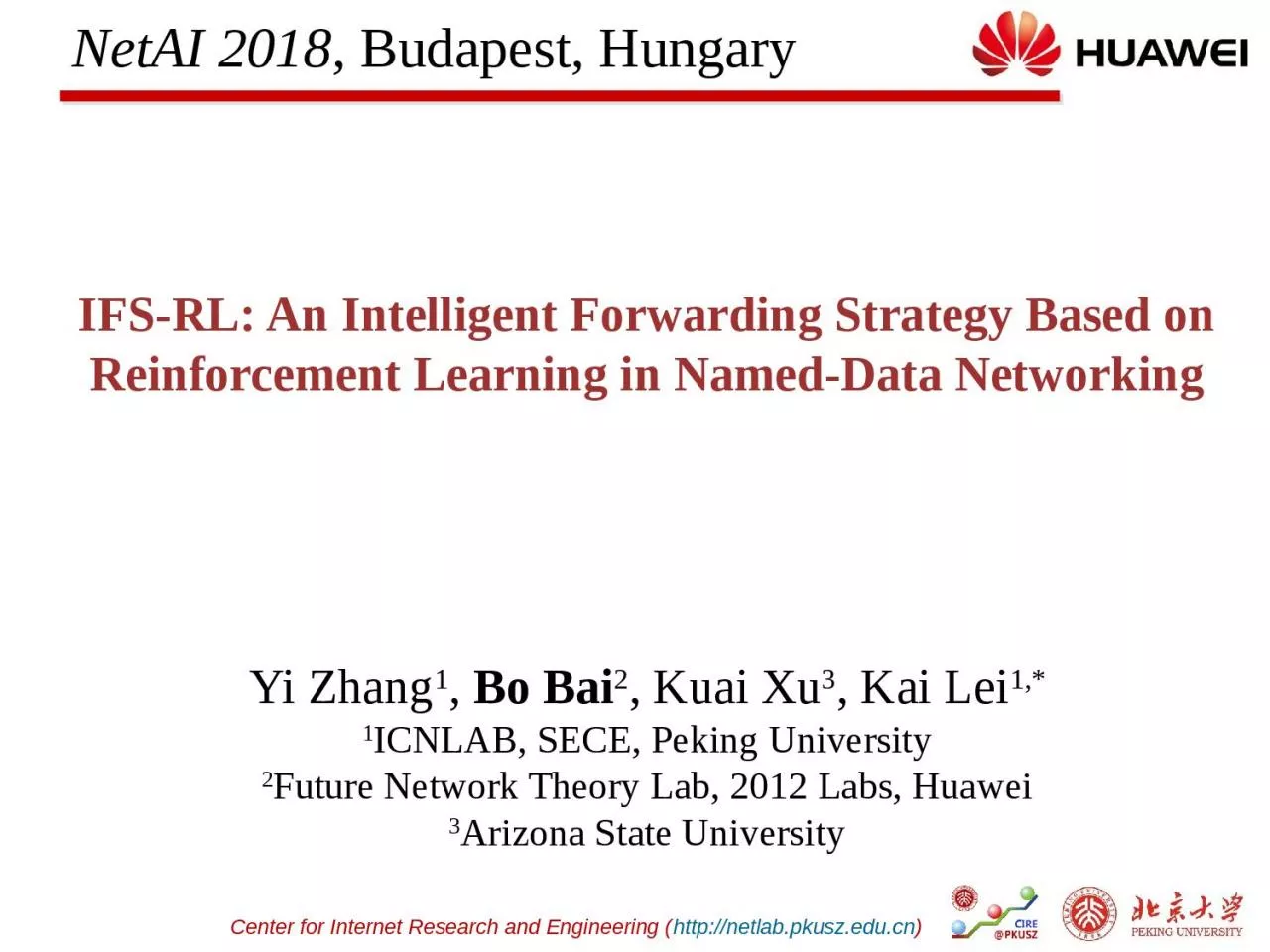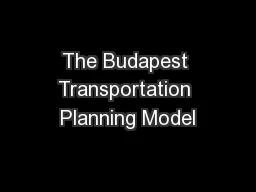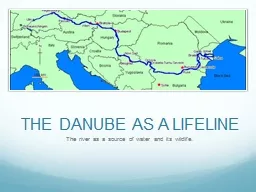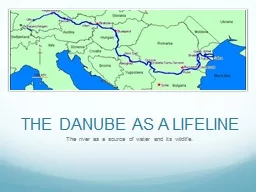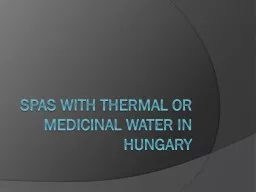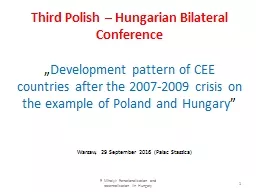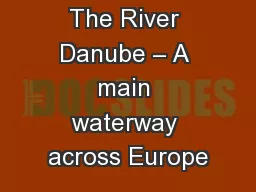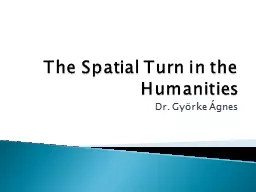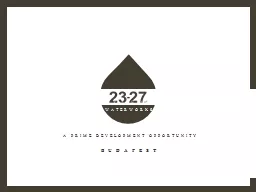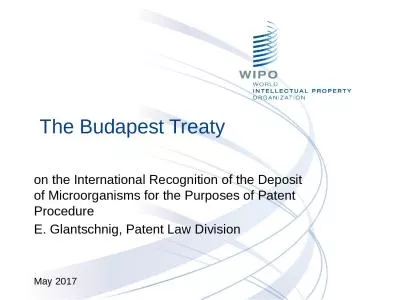PPT-NetAI 2018, Budapest, Hungary
Author : avantspac | Published Date : 2020-08-28
IFSRL An Intelligent Forwarding Strategy Based on Reinforcement Learning in NamedData Networking Yi Zhang 1 Bo Bai 2 Kuai Xu 3 Kai Lei 1 1 ICNLAB SECE Peking
Presentation Embed Code
Download Presentation
Download Presentation The PPT/PDF document "NetAI 2018, Budapest, Hungary" is the property of its rightful owner. Permission is granted to download and print the materials on this website for personal, non-commercial use only, and to display it on your personal computer provided you do not modify the materials and that you retain all copyright notices contained in the materials. By downloading content from our website, you accept the terms of this agreement.
NetAI 2018, Budapest, Hungary: Transcript
Download Rules Of Document
"NetAI 2018, Budapest, Hungary"The content belongs to its owner. You may download and print it for personal use, without modification, and keep all copyright notices. By downloading, you agree to these terms.
Related Documents

